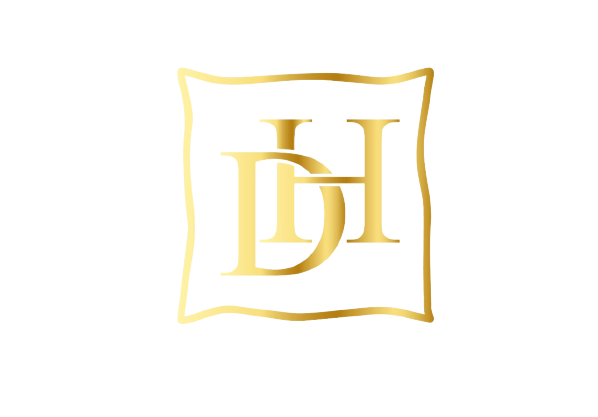Mastering the Basics of Anime Drawing: A Newbie’s Guide
Anime, with its distinctive style and expressive characters, has captivated audiences worldwide. For those looking to delve into the art of anime drawing, mastering the basics is essential. Whether or not you’re an entire beginner or someone looking to refine their skills, understanding these fundamentals will set a powerful foundation for creating compelling anime artwork.
Understanding Anatomy and Proportions
One of many fundamental features of anime drawing is understanding human anatomy and proportions. While anime characters typically have exaggerated features, a stable grasp of realistic anatomy provides the premise for creating believable and dynamic poses.
Start by studying primary human anatomy, specializing in proportions of the body parts like the head, torso, arms, and legs. Anime characters typically have larger eyes and heads in proportion to their our bodies, which adds to their distinctive look. Observe skand so forthhing these proparts to get comfortable with the anime style while maintaining a way of anatomical correctness.
Mastering Facial Expressions and Emotions
Facial expressions play a crucial role in anime, conveying emotions ranging from joy and excitement to sadness and anger. To master this aspect, examine completely different expressions and practice drawing them consistently. Pay attention to how eyes, eyebrows, and mouth shapes change with each emotion.
Anime characters often have massive, expressive eyes which might be central to conveying feelings. Experiment with totally different eye shapes, sizes, and placements to understand how they affect the overall expression of your character. Adding subtle details like blush marks or tears can additional enhance the emotional impact of your artwork.
Learning Perspective and 3D Forms
Creating depth and dimensionality is essential in anime drawing. Understanding perspective helps you place characters in realistic settings and create dynamic compositions. Study vanishing factors, horizon lines, and the way objects appear smaller as they recede into the distance.
Observe skand many othershing basic 3D forms reminiscent of cubes, spheres, and cylinders to develop your understanding of quantity and space. This knowledge will enable you to draw anime characters in various poses and angles, making your artwork more dynamic and engaging.
Creating a Distinctive Style
While learning the fundamentals, do not hesitate to experiment and develop your own artistic style. Anime drawing permits for a wide range of interpretations, from highly stylized characters to more realistic interpretations. Explore completely different artists’ works for inspiration, but try to incorporate your distinctive perspective and artistic voice into your drawings.
Experiment with different line weights, shading techniques, and colour palettes to create distinctive characters and scenes. Your style will evolve over time as you acquire more expertise and confidence in your drawing abilities.
Practicing Persistently and Seeking Feedback
Like any skill, mastering anime drawing requires consistent practice and dedication. Set aside common observe classes to sketch and refine your techniques. Deal with particular aspects equivalent to fingers, clothing folds, or hair textures to improve your general proficiency.
Seek feedback from peers, instructors, or on-line communities to achieve valuable insights and constructive criticism. Do not be afraid to make mistakes; they are part of the learning process. Use feedback to establish areas for improvement and proceed refining your skills.
Utilizing Resources and Tutorials
Take advantage of the wealth of resources available to aspiring anime artists. On-line tutorials, books, and video demonstrations can provide valuable steerage on particular strategies and styles. Explore completely different tutorials on drawing faces, bodies, clothing, and backgrounds to increase your knowledge base.
Joining online communities or local art groups can also provide opportunities to connect with fellow artists, share artwork, and participate in challenges or collaborations. Engaging with a supportive community can encourage you to push your boundaries and strive for continuous improvement.
Conclusion
Mastering the basics of anime drawing is a rewarding journey that mixes technical skill with creative expression. By understanding anatomy, mastering facial expressions, learning perspective, developing a unique style, working towards consistently, seeking feedback, and utilizing available resources, you can build a stable foundation for creating charming anime artwork.
Remember, every artist’s journey is unique, so embrace experimentation and enjoy the process of honing your skills. With dedication and passion, you possibly can develop your own distinctive anime style and convey your characters to life on paper or digitally. Happy drawing!
